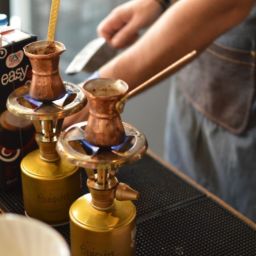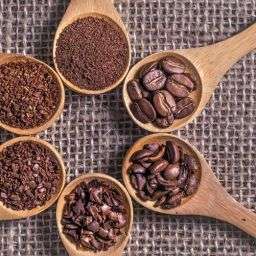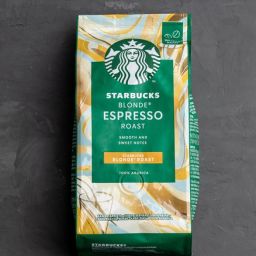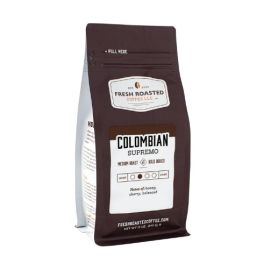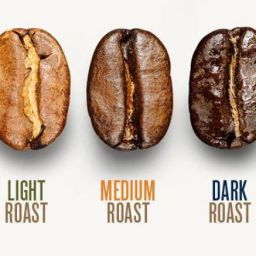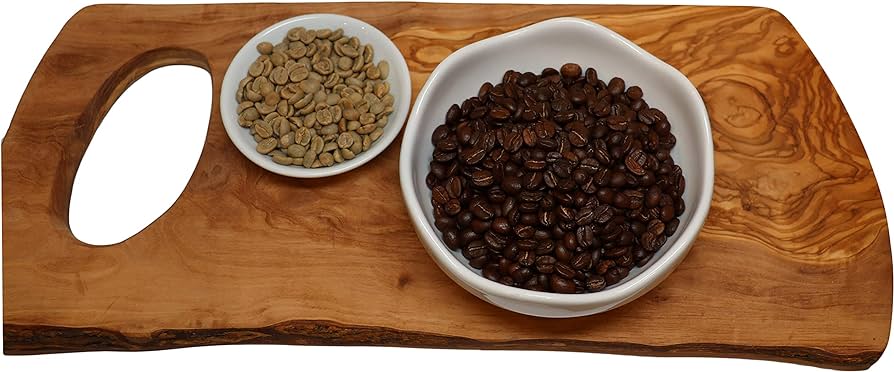
Kona coffee, grown on the lush slopes of Hawaii’s Big Island, holds a unique position in the coffee world. This coffee is cherished not only for its rich flavor profile but also for its rarity and the intricate labor required in its production. Kona’s distinct taste comes from its growing environment: volcanic soils, a steady climate, and meticulous care in cultivation and processing.
The pricing of Kona coffee reflects its special status. You’ll find that non-organic Kona coffee averages around $20 per pound, while organic varieties can soar to $30 per pound or higher. The most prestigious, like the “Kona Extra Fancy,” fetch prices as high as $60 per pound due to their superior quality and limited supply.
Key Takeaways
- Global Rarity and Premium Quality: Kona coffee’s high price tag is justified by its limited production zone, confined to a 30-mile stretch on the Big Island. This exclusive region, coupled with Hawaii’s ideal coffee-growing conditions, produces coffee that’s renowned worldwide.
- Price Variation by Grade: The quality and grade of Kona coffee beans play a significant role in pricing. Grades such as “Extra Fancy” command higher prices due to their larger bean size and fewer defects, ensuring a superior brew.
- Cost Influences: Several factors contribute to the high cost of Kona coffee. Labor in Hawaii is more expensive compared to other coffee-producing regions, primarily due to higher living wages in the U.S. Moreover, the remote location increases transportation costs, and strict land use in Hawaii limits the available acreage for coffee farms, keeping the supply low and prices high.
Geographic and Environmental Influences
The Kona Coffee Belt, nestled on the slopes of Mauna Loa and Hualalai in Hawaii, presents a unique setting that is ideal for coffee cultivation but comes with its limitations. This narrow strip, approximately 30 miles long and at elevations ranging from 500 to 2,500 feet, is the only place where true Kona coffee is grown. The region’s limited area inherently restricts the volume of coffee that can be produced, making Kona coffee all the more precious.
The volcanic soil of this region is rich in minerals and drains well, providing the perfect conditions for coffee trees to thrive. The climate contributes just as much to the coffee’s quality, characterized by morning sunshine, afternoon rain showers, and mild nights throughout the year. These environmental factors help develop Kona coffee’s celebrated flavor profile, which includes hints of nuts, spices, and a remarkable sweetness often accompanied by a bright acidity.
Production and Labor Costs
Growing Kona coffee is labor-intensive, requiring meticulous care that significantly influences its cost. Unlike large-scale mechanized coffee farms found in many parts of the world, Kona coffee cherries are picked by hand. This selective harvest ensures only the ripest cherries are chosen, which promotes a consistent and high-quality flavor profile. This manual process is not only time-consuming but also costly, as workers in the United States, including Hawaii, are paid higher wages compared to those in many other coffee-growing nations.
The labor costs in Hawaii are starkly higher than in countries like Brazil or Vietnam, where coffee production often involves lower wages and less stringent labor regulations. This discrepancy is a major factor in why Kona coffee is more expensive compared to other coffees on the market. The dedication to quality and the ethical treatment of workers in Kona coffee production do not just contribute to a superior product but also to the overall sustainability and appeal of Kona coffee within the premium market segment.
Market Demand and Consumer Perception
Kona coffee’s allure isn’t just about its taste; it’s also about rarity and prestige. This exotic coffee has built a strong brand globally, often associated with luxury and exclusivity. Consumer demand for Kona coffee remains high despite its higher price tag, primarily because of its reputation for quality and uniqueness. Enthusiasts and connoisseurs are willing to pay a premium, knowing they are getting a product that represents the pinnacle of coffee perfection.
The demand influences pricing significantly. Since Kona coffee is produced in limited quantities, the balance of low supply and high demand naturally drives up its price. Additionally, the allure of having a unique and culturally rich product like Kona coffee adds an intangible value that consumers are willing to pay for. This consumer perception as a luxury good ensures that Kona coffee can maintain its higher price point in the market.
Regulatory and Transportation Costs
The production of Kona coffee is subject to U.S. agricultural regulations, which are some of the strictest in the world. These regulations ensure that the coffee meets high safety and quality standards, but they also add to the production costs. Compliance with these standards involves everything from labor practices to the use of agricultural chemicals, all of which can increase the cost of production for Kona coffee growers.
Transportation costs also play a crucial role in the pricing of Kona coffee. Being grown in Hawaii means that Kona coffee needs to be shipped across the Pacific Ocean to reach mainland U.S. markets, not to mention international destinations. These shipping costs, coupled with the careful handling required to maintain quality during transport, add significantly to the final retail price. Each step in the journey from the Hawaiian farms to the consumer’s cup adds layers of expense, reflected in the premium price of Kona coffee.
How to Identify and Choose Quality Kona Coffee
When shopping for authentic Kona coffee, the label is your first clue. Genuine Kona coffee will be clearly marked with a “100% Kona Coffee” label. Beware of blends that might only contain a small percentage of Kona beans mixed with lower-quality coffee from other regions; these should not be mistaken for pure Kona coffee. Always check the packaging for certification marks from the Hawaii Department of Agriculture, which indicate the coffee’s authenticity and grade.
Kona coffee is graded based on the size, shape, and quality of the beans. The grades range from ‘Extra Fancy’ (the highest grade, with the largest and least defective beans) to ‘Prime’ (the lowest grade in terms of size and quality). Higher grades like ‘Extra Fancy’ and ‘Fancy’ offer a richer flavor profile and smoother taste due to their higher quality beans and fewer defects.
FAQs
Why is Kona coffee so expensive? Kona coffee commands a high price due to its limited production area, labor-intensive harvesting process, and the high cost of compliance with U.S. agricultural standards. The unique climate and soil conditions in the Kona Coffee Belt also contribute to its unique flavor, which can’t be replicated elsewhere.
Are there any cheaper alternatives to Kona coffee that still offer good quality? While Kona coffee is unique, other regions in Hawaii and around the world produce high-quality coffee with distinct flavors. Coffees from regions like Blue Mountain in Jamaica or certain high-elevation areas in Central and South America offer premium tastes at often lower prices.
What should I look for when buying Kona coffee to ensure I’m getting the best quality? Always opt for 100% Kona coffee and check the grade—’Extra Fancy’ or ‘Fancy’ are top choices. Buying whole beans and grinding them yourself can also ensure you get the freshest flavor.
Final Thoughts
The high price per pound of Kona coffee is influenced by its geographic limitations, meticulous labor requirements, and stringent quality regulations. Despite the premium cost, many coffee lovers see Kona coffee as a worthwhile indulgence due to its unique taste and the sustainable practices often employed in its production.


